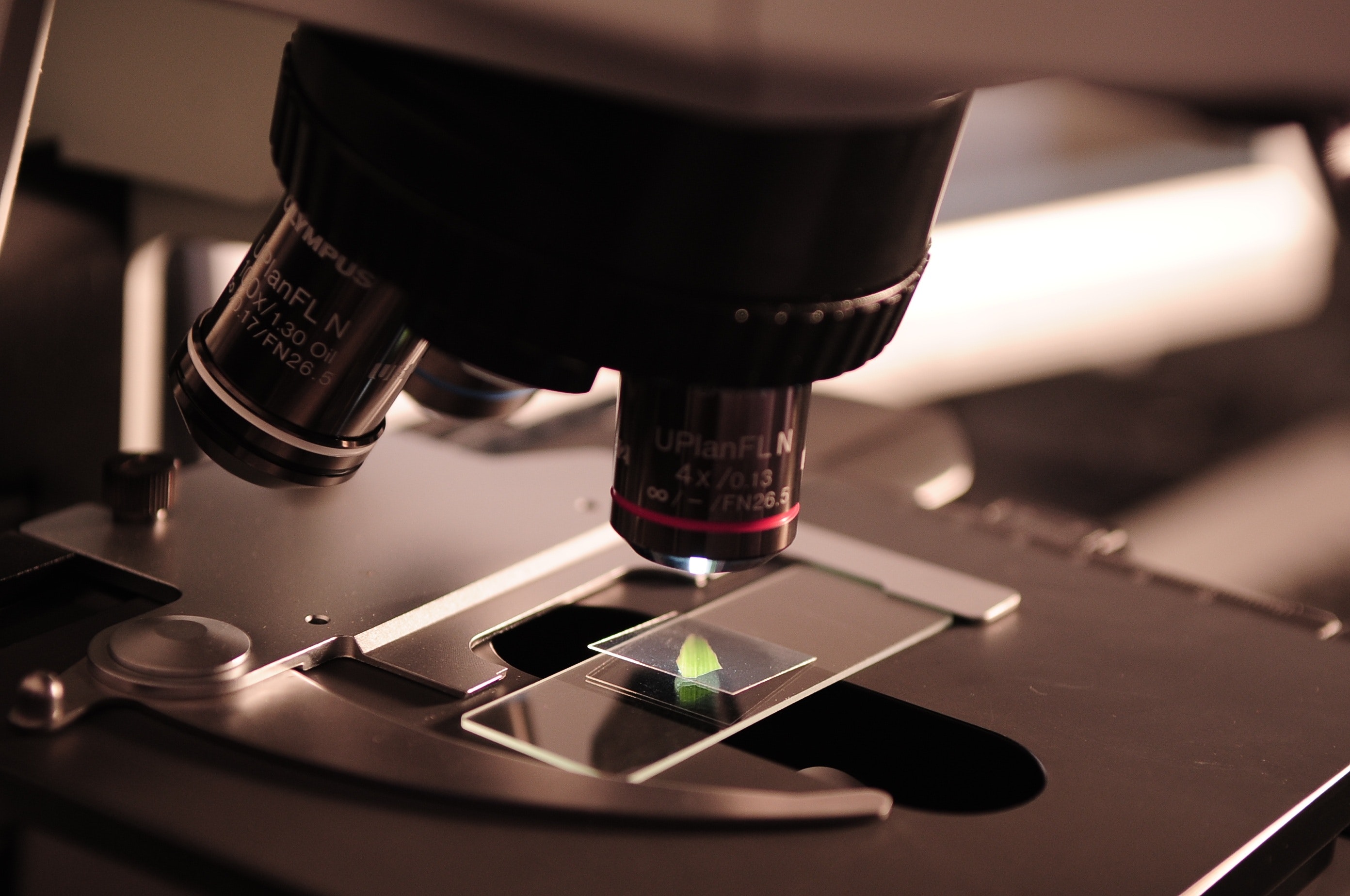Cancer remains one of the most challenging diseases to manage. This assertion is particularly true when the tumor cells are quite aggressive and have metastasized. In such cases, conventional chemotherapy and radiation therapy options may not suffice, leaving clinicians and pharmaceutical companies looking for alternative approaches. One such promising strategy is the use of antibody-drug conjugates (ADCs) – highly potent and targeted cancer drugs. In this article, we will dive deeper into the science behind ADCs and explore how this therapy is revolutionizing cancer treatment.
ADCs are a fusion of two potent anti-cancer molecules; a monoclonal antibody (mAb) and a cytotoxic chemotherapy drug. mAbs are proteins that can recognize and bind to specific molecules on the surface of cancer cells. This characteristic makes them particularly useful in targeting cancer cells and leaving healthy cells unscathed. Conversely, chemotherapy drugs are cytotoxic, meaning they can kill cancer cells – but also healthy cells. By combining the two, ADCs harness the properties of these two molecules, resulting in a highly targeted, potent, and safe anti-cancer drug.
One of the key advantages of ADCs is their highly targeted nature, which leads to better outcomes. mAbs guide the cytotoxic chemotherapy drug to the cancer cells, where it gets internalized into the cells and causes tumor cell death. This ability to specifically target cancer cells means that ADCs are less likely to affect healthy cells, which can result in fewer adverse effects. Additionally, ADCs can infiltrate the tumor microenvironment, including hypoxic regions, where conventional drugs may not reach.
ADCs offer several therapeutic benefits, including the treatment of drug-resistant cancers. Cancer cells can develop resistance to chemotherapy drugs, rendering them ineffective. However, ADCs can circumvent this resistance by utilizing a different mechanism of action. Additionally, ADCs offer better cancer cell selectivity and have fewer side effects than conventional chemotherapy.
ADCs have already shown significant therapeutic potential in various cancers, including breast cancer, lung cancer, and leukemia, among others. Brentuximab vedotin, a CD30-targeted ADC, showed significant efficacy in patients with relapsed or refractory Hodgkin's lymphoma. Similarly, the HER2-targeted ADC, ado-trastuzumab, improved overall survival rates in patients with HER2-positive metastatic breast cancer.
ADCs represent the next frontier in cancer treatment, and their therapeutic potential is immense. Their highly targeted nature, specificity for cancer cells, and ability to infiltrate the tumor microenvironment make them particularly promising. ADCs have already shown significant success in clinical trials, and we can expect more to come. In the future, we can anticipate the development of even more ADCs that can offer a customized approach to cancer treatment. As the pharmaceutical industry continues to focus on developing increasingly effective and targeted therapies, ADCs are likely to play a central role in revolutionizing personalized cancer treatment.






